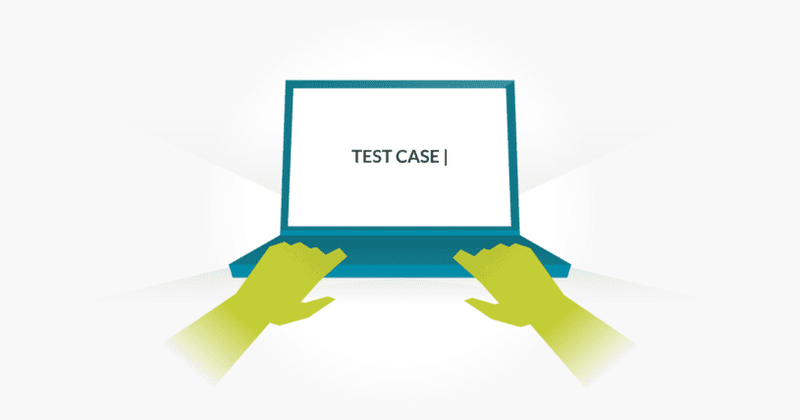As compared to other methods of transmitting information, the Internet is light years ahead. Yet, there are a number of worries that come along with these innovations. The risk of sensitive information being intercepted by criminals increases as we develop more efficient methods of transmitting large datasets from one computer or server to another.
Many cryptographic techniques have been put into place all across the globe to protect data in transit from eavesdroppers, hackers, and other cybercriminals. Common examples are Secure Sockets Layers (SSL) and Transport Layer Security (TLS) (TLS).
SSL is no longer in use and has been replaced by TLS and its subsequent versions, TLS 1.0, TLS 1.1, and TLS 1.2. Businesses and web providers that care about the security of their customers’ data will need to modify their systems to support TLS version 1.2 everywhere it is used after 2020, when support for TLS versions 1.0 and 1.1 will end. How does TLS 1.2 work, and what is it exactly? To begin answering this topic, let’s quickly review the history of cryptographic protocols.
We support SSL versions 1.x, 2.x, and 3.x.
Netscape decided in 1995, while the internet was still in its infancy, to address rising worries about internet security by creating a type of encryption called secure socket layers. With this technology, information might be sent without fear of interception. As SSL 1.0 had so many problems, it was never released to the public. Later on, SSL 2.0 was released, only to be superseded by the even better SSL 3.0.
The SSL Protocol
Once it was finished, the SSL protocol became the norm for internet encryption and remained so for nearly twenty years. However, as technology has progressed, so have the capabilities of various online threat actors. The Google Security Team uncovered a critical flaw in SSL 3.0 before the end of 2014, necessitating a new approach to communication encryption. Hence, it became necessary to upgrade from SSL 3.0. SSL was the solution to the issue.
While Transport Layer Security (TLS) was originally designed as an extension of the SSL protocol, it has now become sufficiently different to earn its own moniker. Although TLS 1.0 was designed to be incompatible with SSL because of their different security mechanisms, it was built with a mechanism that allows it to fall back on SSL 3.0 if necessary.
The Transport Layer Security (TLS) 1.1 protocol supersedes the older TLS 1.0 protocol by improving the security it offers and fixing certain flaws. And for many years, TLS 1.1 was a trusted cryptographic standard. But, it, like its predecessors, became antiquated and unable to handle modern cryptographic techniques. TLS 1.2 not only addressed these issues but also improved security against previously unknown vulnerabilities.
Can you explain what “TLS 1.2” means?
Version 1.2 of Transport Layer Security (often referred to as TLS 1.2) is only an update to the previous version (TLS 1.1). TLS 1.2 was released in 2008 and improves security in a number of ways. Its excellent performance and increased reliability are the result of its design. In addition, TLS 1.2 was the first version of TLS to provide these advantages. The combination of symmetric and asymmetric cryptography is used to achieve this goal.


